QuestionI've heard that a sump and live rock in a saltwater aquarium is the best way of going about it. I just curious if it's difficult to build and sump and overflow yourself on a tank around 100 gallons? And is it beneficial to have both external filter and sump?
AnswerHello Torrey,
First of all, I want to give you a generalized understanding of 3 types of filters that can go under an aquarium and what they do, as well as the benefits to help you make a more appropriate choice in filtration.
If you use a canister filter, toss it. They are nitrate factories...or just use it as an added benefit, but do not trust it completely for the saltwater system. They are insufficient, imo, for a reef aquarium, but may suffice for a fish only, saltwater aquarium.
Do you want a reef or a fish aquarium with live rock? The difference is, the reef has corals. The live rock and fish only, is what it says. Fish, water, live rock and sand.
Filters:
Wet/Dry - Many people swear by these filters for their saltwater systems, but the issue is that the bioballs often fill up with nitrates, which re-feed into the aquarium. These are filters which look like another aquarium. Water comes out of your tank, into this filter, and drops over bioballs and a sponge filters it before it's returned to the aquarium. Changes made to the filter would include changing/washing the sponge and the bioballs on a bi-monthly basis, with saltwater. Many experts believe that by adding more water, through the use of an under-tank filter, it enhances filtration properties and keeps nitrates low, however, this type of filter does not offer much of an addition of water.
Sump - A sump does offer additional water to the system, and basically, that's all. A sump is a reservoir of water, and it has water going in and water going back to the tank, in a circulatory sytem. It may or may not contain a sponge, but it is not the same as a wet/dry filter, because water does not fall over bioballs or a bacteria bed. So, this isn't really a filter as much as an added reservoir of water.
Refugium - A refugium is a tank below the aquarium that is split into quadrants. The first quadrant is where the water comes from the tank and filters through a sock. That is the first filtration. Often, in this area, people submerse a skimmer and add beneficial skimming action to the first filtration of the water, which then flows into the 2nd chamber. This chamber has a deep sand bed of live sand, with many beneficial bacteria living in it. It also has live macro algae, which lives off of fish poop and bad things in the water. The algae eats the bad things in water, and releases oxygen as water passes through it. This same chamber can also contain crabs which eat things that fall to the bottom and it should contain a lot of live rock rubble. that live rock acts like a stream does, coming out of a mountain. As water flows past the rock, it's filtered and oxygenated, and so if a refugium has a spot for the rock, or has rock in the main chamber, as the water flows over, it's also more added filtration. The 3rd chamber is the return chamber, which the water goes to a return pump. It is circulated through from the tank to the refugium and back again. The next added benefit is the water reservoir where the refugium is, increases the amount of water in the system.
Let's say you have a 100 gallon aquarium and choose to use a 30 gallon refugium. You have then enhanced the main tank to a 130 gallon aquarium, becuause of the amount of water circulating, therefore producing cleaner water lasting longer.
You will need to do water changes regardless, bi-weekly at least, no matter which filter you choose, but please be sure to choose the most appropriate for your tank/system.
I have a reef aquarium. It has a lot of live rock and therefore, I've gone with a refugium. I have very good quality of water and I believe the refugium is the safest way to go, all around. Maintenance is higher. Lighting requirements are that the light is on 24/7 on a refugium, vs. the other two types not having any type of lighting requirements.
There are kits sold on Ebay for refugiums, and they are pre-cut to fit the aquarium you purchase. You will need to purchase an overflow box.
If you choose to drill your aquarium, let me know. I will find some filter images for you of my built-in overflow system and down-tube. It has a silencer unit, and flowed silently.
I'm personally NOT a fan of canister filters. They contain so many nitrates, as that is how they work. Those often filter back into the tank, causing spikes of ammonia and nitrites. I do not recommend them.
If you have further questions, please feel free to ask.
Good luck!
Renee

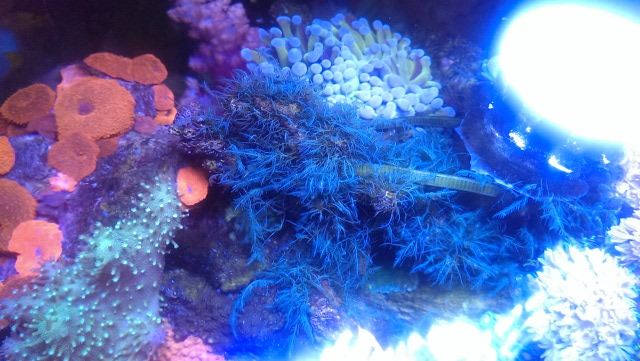 Algae/Plant
Question
Algae
Hi, I have this algae/plant growi
Algae/Plant
Question
Algae
Hi, I have this algae/plant growi
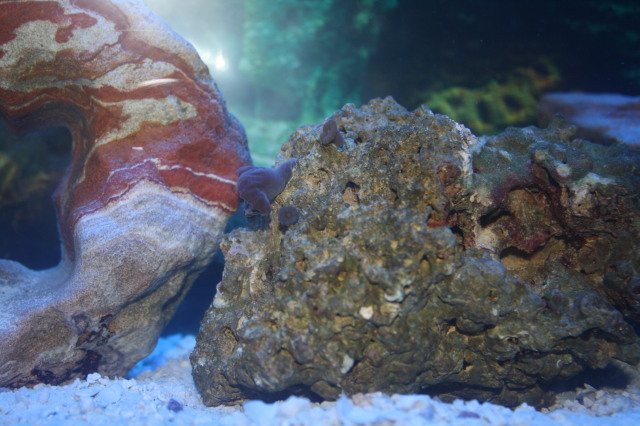 Growth on live Rock
Question
Pic of live rock
Can someone please tell me wh
Growth on live Rock
Question
Pic of live rock
Can someone please tell me wh
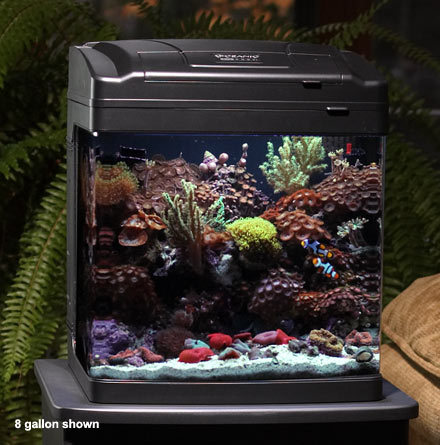 biocube 8
Questionive been trying to get some questions answe and
biocube 8
Questionive been trying to get some questions answe and
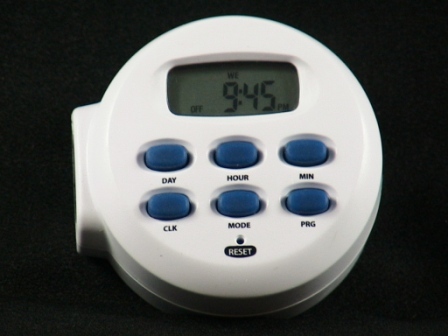 marine fish tank light
Questiongoing away for 9 days. Tank light on or off? Ha
marine fish tank light
Questiongoing away for 9 days. Tank light on or off? Ha
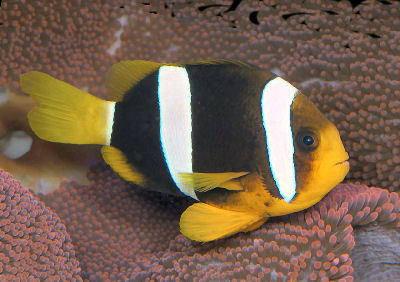 marine 5 gallon aquarium
Questionclarkii
QUESTION: hey,
can I have one (o
marine 5 gallon aquarium
Questionclarkii
QUESTION: hey,
can I have one (o